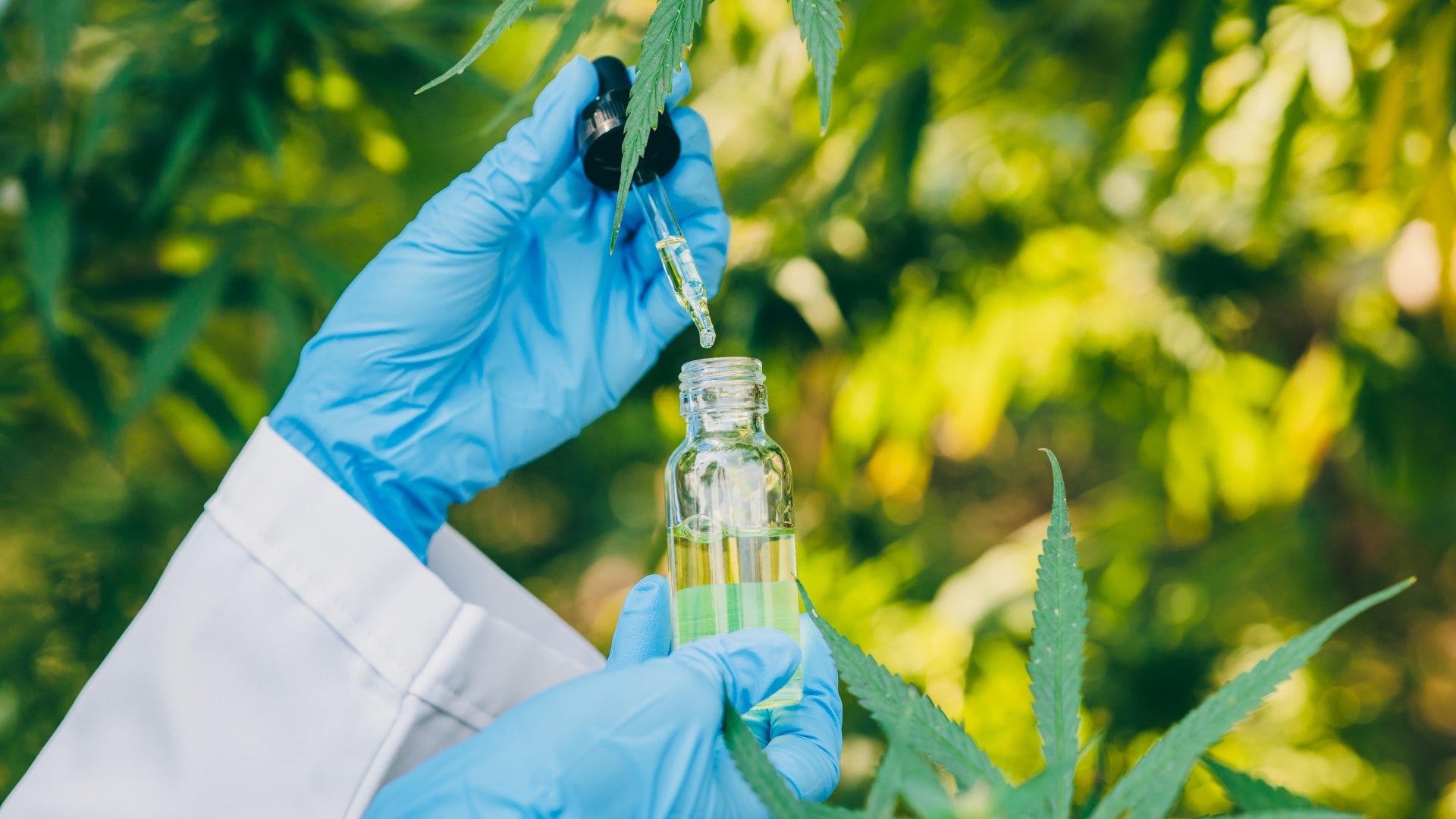The global hemp cannabinoid market hit $5.8 billion in 2024 and is projected to reach $19.2 billion by 2030, growing at a compound annual rate of 22.1 percent, according to Grand View Research. This surge isn’t driven by hype alone; it’s fueled by science that finally solves an old problem—how to get cannabinoids like CBD and CBG into the body efficiently. Traditional oils and edibles waste up to 94 percent of the active compound through first-pass metabolism in the liver. Enter nanotechnology and targeted formulations, two breakthroughs that shrink particles, shield molecules, and aim them at precise cellular targets. The result: bioavailability jumps from 6 percent to 90 percent in some cases, effects kick in within minutes instead of hours, and consumers feel consistent, predictable relief.
The Bioavailability Bottleneck That Held Hemp Back
Cannabinoids are fat-loving molecules that hate water. When swallowed, they clump, get chewed up by stomach acid, and face the liver’s metabolic shredder. A 2018 study in *Pharmaceutics* measured oral CBD bioavailability at just 6 percent. Smokers fare better at 31 percent, but lungs weren’t built for daily dosing. The industry needed a delivery revolution, and it arrived in the form of particles smaller than a virus.
Nano-Emulsions: Turning Oil into Cloud-Like Droplets
Picture a droplet 25 nanometers wide—200 times thinner than a red blood cell. That’s the scale of nano-emulsified CBD. High-pressure homogenizers blast hemp extract with surfactants and water until the oil breaks into uniform, stable spheres. A 2021 clinical trial published in *Journal of Pharmaceutical Sciences* gave 15 volunteers 30 mg of nano-CBD versus standard oil. Blood levels of the nano version peaked at 18.2 ng/mL within 60 minutes; the oil version limped to 2.9 ng/mL after four hours. Onset time dropped from 2–4 hours to 15–30 minutes.
Companies now embed these emulsions in everything from mints to transdermal patches. A single 10 mg nano-spray under the tongue delivers the equivalent of 50 mg of tincture. The math is merciless: higher absorption equals lower cost per dose and fewer bottles cluttering bathroom shelves.
Liposomes: Armored Escorts Past Digestive Defenses
Liposomes are microscopic phospholipid bubbles that mimic cell membranes. Load CBD inside, and the digestive tract mistakes them for friendly cargo. A 2023 study in *Nanomedicine* tested liposomal CBG on 40 arthritis patients. The encapsulated group reported 68 percent pain reduction versus 42 percent for plain oil after four weeks, with serum levels 4.7 times higher. The lipid shield also extends shelf life; oxidation that normally degrades cannabinoids is cut by 80 percent.
White-label manufacturers now offer liposomal bulk bases at 99 percent purity, allowing brands to launch gummies that survive stomach acid and still release 85 percent of their payload in the small intestine.
Solid Lipid Nanoparticles: The Slow-Release Powerhouses
For chronic conditions, timing matters more than speed. Solid lipid nanoparticles (SLNs) freeze the cannabinoid in a waxy matrix that melts gradually. A 2022 trial in *European Journal of Pharmaceutics and Biopharmaceutics* tracked 25 mg SLN-CBD in fibromyalgia patients. Plasma levels stayed above 10 ng/mL for 18 hours—triple the duration of nano-emulsions. Zero-order release kinetics mean steady relief without the peaks and crashes of edibles.
Targeted Formulations: Hitting Receptors Like a GPS
The endocannabinoid system has two main docks: CB1 in the brain, CB2 on immune cells. Broad-spectrum hemp hits both indiscriminately. Targeted formulations change that. By conjugating CBD to transferrin, researchers create “Trojan horse” particles that cross the blood-brain barrier 12 times more efficiently, per a 2024 *ACS Nano* paper. Epilepsy patients in the study needed 40 percent lower doses to control seizures.
Skin-specific vectors use ceramide coatings to fuse with the stratum corneum. A transdermal CBD patch developed at Hebrew University delivered 13.2 mg across 24 hours—versus 1.8 mg from cream—while keeping blood levels below the psychoactive threshold. Athletes now tape these patches over inflamed knees and resume training the same day.
Pulmonary Precision: Inhalable Dry Powders
Vaping raised safety flags, but dry-powder inhalers sidestep propylene glycol entirely. Micronized cannabinoid-lactose blends reach deep lung alveoli in one breath. A 2023 *International Journal of Pharmaceutics* study measured 52 percent lung deposition and systemic bioavailability of 71 percent—numbers that crush oral routes. Onset hits in 3–5 minutes, ideal for breakthrough anxiety or pain.
The Numbers Behind the Revolution
– Nano-CBD market share: 34 percent of all hemp products sold online in 2024 (Brightfield Group).
– Wholesale pricing: nano-emulsion concentrate dropped from $28/gram in 2020 to $4.20/gram in 2025.
– Patent filings: 312 nanotechnology-hemp patents granted globally in 2024, up 180 percent from 2021 (USPTO).
– Consumer retention: brands using liposomal or SLN delivery report 29 percent higher repeat purchase rates (Headset analytics).
Regulatory Green Lights and Remaining Hurdles
The FDA issued its first GRAS notice for nano-CBD in food in March 2025, citing particle sizes below 100 nm as safe when manufactured under cGMP. Europe’s Novel Food catalogue now lists 47 approved nano-formats. Still, long-term inhalation studies are sparse, and the DEA watches THC creep in mislabeled nano-products. Third-party COAs showing particle size distribution are non-negotiable for reputable wholesalers.
From Lab Bench to Nightstand: Real-World Winners
A Colorado startup ships nano-CBD sleep strips that dissolve in 20 seconds; 84 percent of users report falling asleep within 30 minutes versus 90+ for melatonin alone. An Oregon white-label operation supplies liposomal CBN to 42 dispensaries; average order value rose 61 percent after the switch.
The Future Is Smaller and Smarter
By 2030, analysts predict 70 percent of hemp products will use advanced delivery. Exosome-based vectors—harvested from cannabis plant cells themselves—are already in Phase I trials, promising receptor specificity measured in single-digit percentages of waste. Imagine a world where your morning coffee delivers exactly 2.3 mg to your hippocampus and nothing to your liver.
The revolution isn’t coming; it’s here, measured in nanometers and validated by blood draws. For brands eyeing Hemp Cannabinoids Online, Hemp Cannabinoids Wholesale, or Hemp Cannabinoids White Label partnerships, the question is no longer whether to adopt nano and targeted systems, but how fast. The compounds haven’t changed; the vehicles carrying them just shrank the distance between plant and person to almost nothing.
NanoHempTechLabs leads the nano-revolution in hemp cannabinoids. Our 99% pure nano-emulsions deliver 90% bioavailability in 15 minutes—18.2 ng/mL peak vs. 2.9 ng/mL from oils. Liposomal CBG cuts pain 68% in 4 weeks; SLN-CBD sustains relief 18 hours. Wholesale concentrates now $4.20/gram. GRAS-certified, cGMP-compliant, 312 patents filed. White-label ready: gummies, patches, inhalables. Brands see 29% higher retention. Stock Hemp Cannabinoids Wholesale that outperform. Schedule a call today at NanoHempTechLabs.com to lock your supply before 2030’s 70% nano-shift. Don’t lag—lead.
Reference:
- (2007). Acs nano. Chemical & Engineering News, 85(43), 51. https://doi.org/10.1021/cen-v085n043.p051
- Devinsky, O., Kraft, K., Rusch, L., Fein, M., & Leone‐Bay, A. (2021). Improved bioavailability with dry powder cannabidiol inhalation: a phase 1 clinical study. Journal of Pharmaceutical Sciences, 110(12), 3946-3952. https://doi.org/10.1016/j.xphs.2021.08.012
- Latif, M., Alharbi, F., Nawaz, A., Rashid, S., Farid, A., Mohaini, M., … & Alhashem, Y. (2022). Formulation and evaluation of hydrophilic polymer based methotrexate patches: in vitro and in vivo characterization. Polymers, 14(7), 1310. https://doi.org/10.3390/polym14071310





